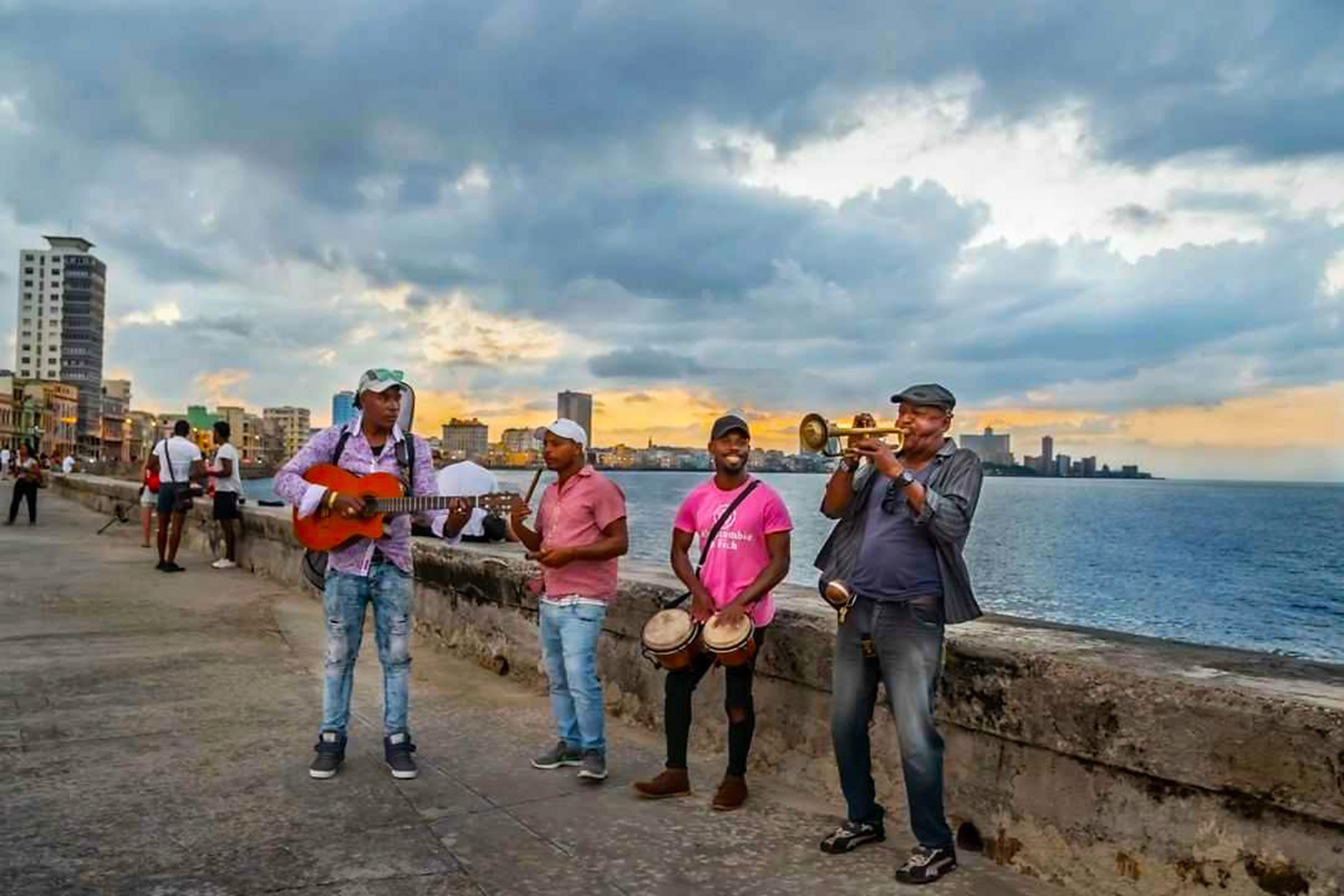Welcome to Cuba, a destination that breathes Cubanness in every corner. From its contagious music to its exquisite cuisine, passing through its ancestral traditions and rich history, our country captivates travelers with its authenticity and unmistakable spirit. Join us on this fascinating journey as we unravel the threads of Cuban identity and explore Cuba's cultural identity.
Enter a vibrant world, where passion, rhythm and history intertwine to create a unique experience. Get ready to be carried away by the music, dance, flavors and traditions of this magical land.
1. Music: The heartbeat of Cuba

Cuban music is the heartbeat that drives the soul of the island. With a unique blend of African, Spanish and Caribbean influences, Cuban rhythms such as son, salsa, mambo and cha-cha-chá have captured the hearts of people around the world. Each note and each measure are an irresistible invitation to dance and let yourself be carried away by the passion and flavor that emanates from each melody. Cuban music is an invaluable treasure that reflects the history, joy and expressiveness of the Cuban people. From the iconic sounds of the Buena Vista Social Club to contemporary artists blending styles and exploring new horizons, the music will captivate you.
We invite you to learn a little more about these legends of Cuban music:
2. Dance: The passion that flows in each movement
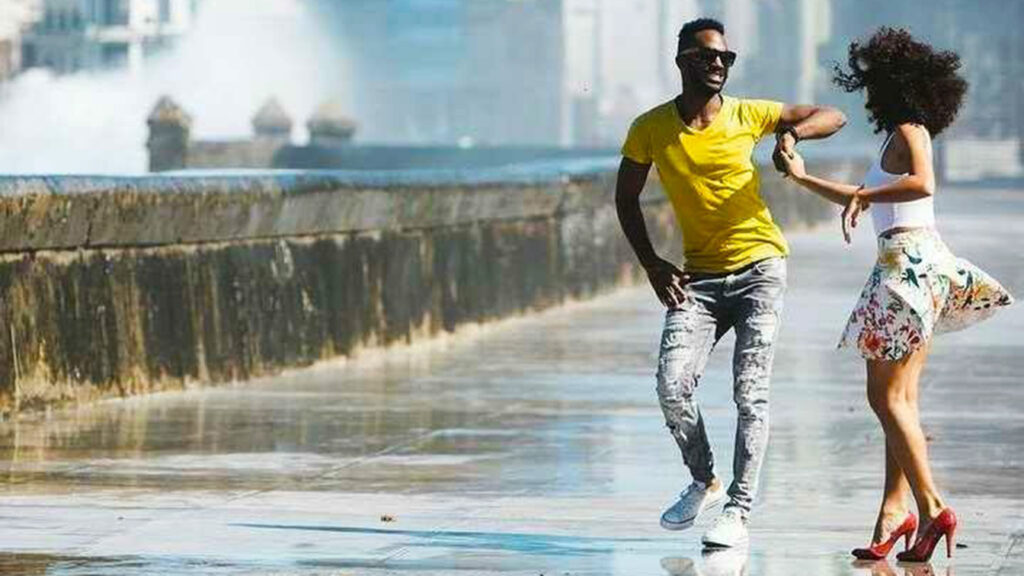
Dance in Cuba is more than a simple artistic expression, it is a way of life imbued with passion and boundless energy. Cuban dance reflects the joy and freedom that characterize its people. From the sensuality of salsa to the rhythmic movements of rumba and the elegance of ballet, you will be able to feel our energy. In every step and every turn, there is a deep connection to music and a celebration of life itself.
Whether in the streets, in the ballrooms or on the stage, Cuban dancers captivate with their skill, their unique style and their emotions through their movements. Dance in Cuba is an open invitation to immerse yourself in a whirlwind of rhythm and expression. Every moment becomes an explosion of vitality and a reminder of the beauty of the body in motion.
3. Customs and traditions: A cultural legacy that endures
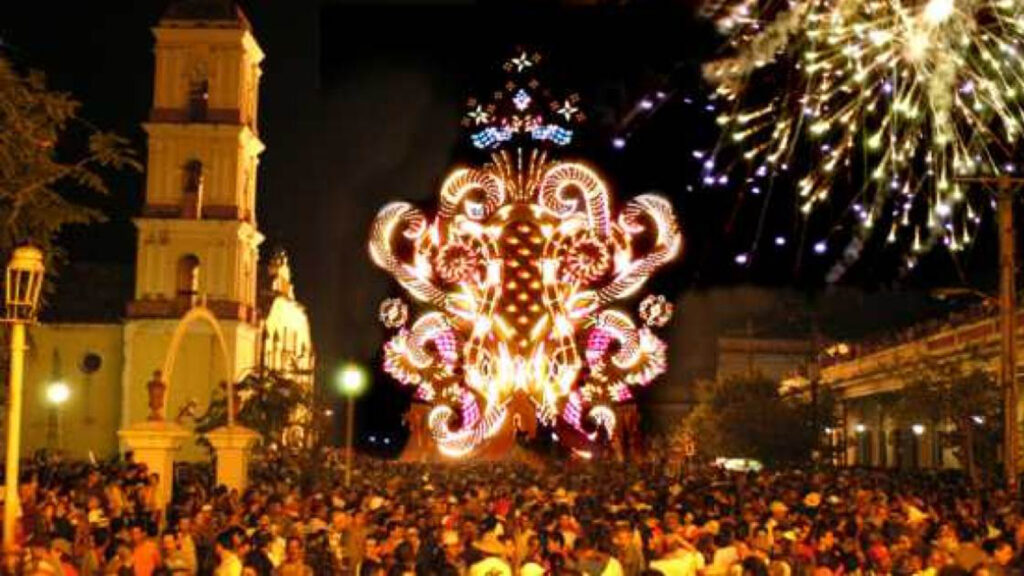
From birthday celebrations to religious holidays and family rituals, each custom and tradition has a special meaning and a rooted place in the daily life of Cubans. Hospitality and warmth are fundamental values in Cuban society, where welcoming visitors with open arms and sharing family moments are an essential part of daily life. Music and dance are intrinsic elements in many celebrations, and shared meals around a table are occasions to strengthen family and social ties.
In addition, cultural events and popular festivals take place throughout the year, where folkloric traditions, dances and typical costumes are shown that give life to the cultural richness of the island. These customs and traditions are a link that unites generations, preserving history and transmitting the values and identity of the Cuban people in an authentic and moving way.
4. Cuban gastronomy: Delights that awaken the senses
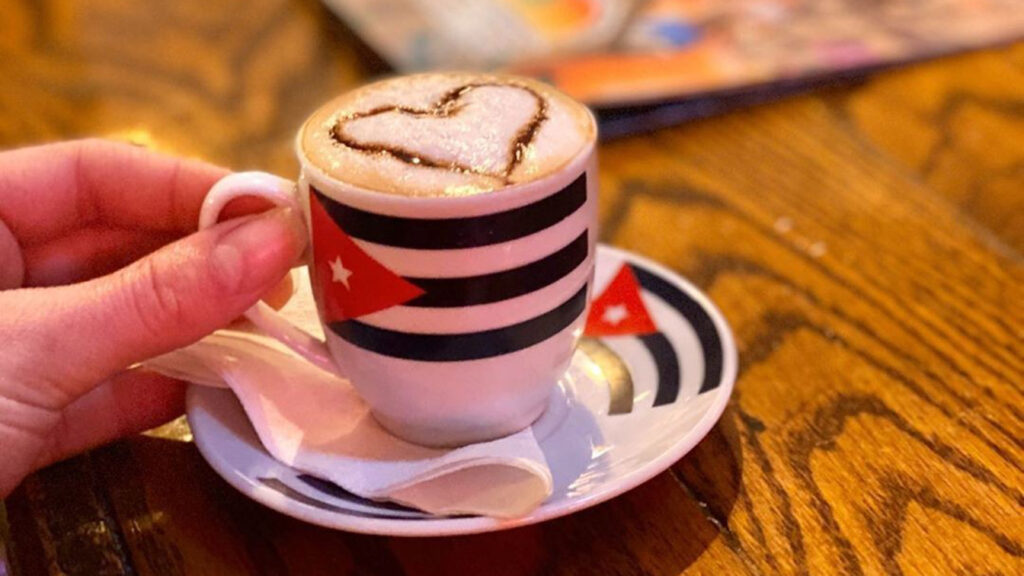
Cuban gastronomy is a true feast for the senses, where authentic flavors intertwine with rich history and cultural influences. With a fusion of African, Spanish and Caribbean traditions, Cuban cuisine captivates with emblematic dishes such as rice with beans, ropa vieja, congrí and tostones. Each bite is an explosion of flavors and aromas, reflecting the passion and love that goes into each preparation.
The local markets are a paradise of fresh ingredients, where you can appreciate the diversity of tropical fruits and foods that enrich Cuban cuisine. Whether in the emblematic restaurants of Havana or in the lesser-known corners of the island, Cuban gastronomy offers a unique and authentic culinary experience. Exploring the gastronomic wealth of Cuba is to enter a journey of flavors that awaken the palate and become a delight for lovers of good food.
5. Religion and spirituality: The legacy of Cuban beliefs
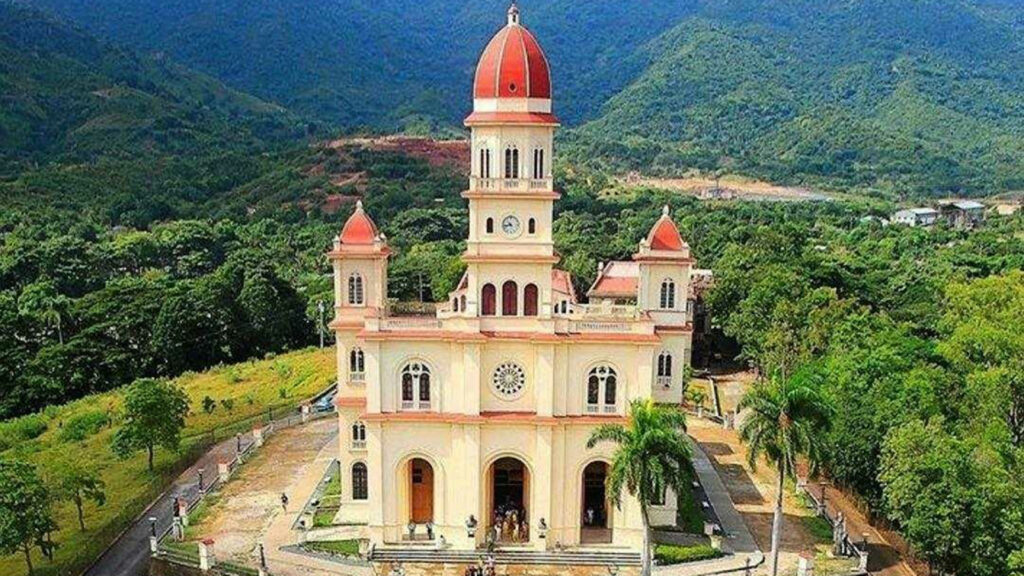
Religion in Cuba is an integral part of the country's cultural identity, where diversity of beliefs and practices coexist in harmony. Santeria, with its African roots and syncretic elements, stands out as one of the most prominent religions on the island. Their colorful rituals, songs and dances invoke the orishas, deities that act as intermediaries between human beings and the divine.
In addition to Santeria, Catholicism also plays a significant role in the religious life of Cubans, inherited from Spanish influence during colonization. Catholic churches and sanctuaries are places of devotion and pilgrimage for many Cubans. The mixture of these religious beliefs with spiritual practices and Afro-Cuban traditions creates a unique and enriching synergy in the daily life and festivities of the country. Religion in Cuba is a reflection of the deep spirituality and resilience of the Cuban people, and its presence is felt in every corner of the island.
6. Cuban Folk Art: Captivating Treasures
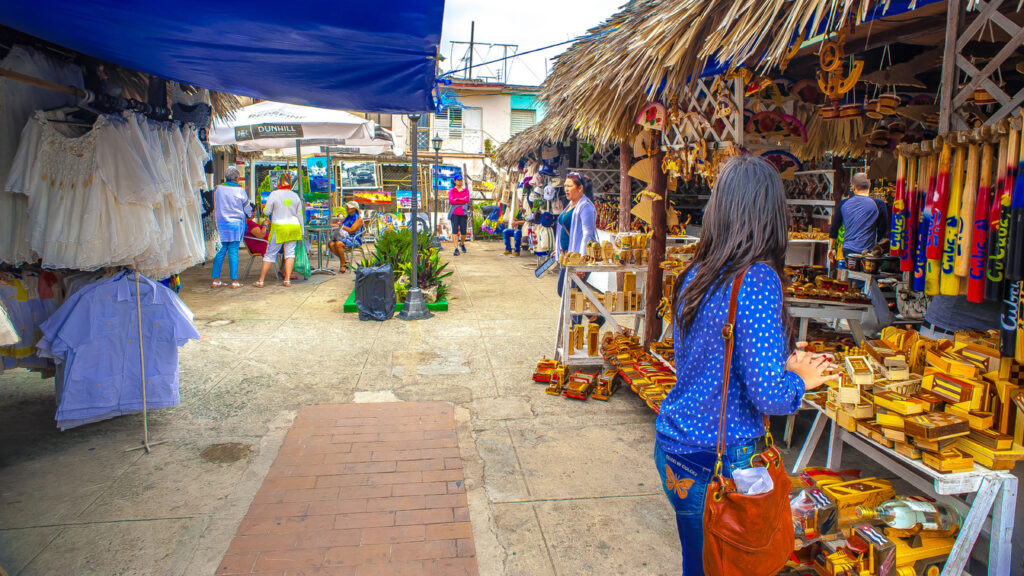
Art in Cuba is a living testimony of the creativity, passion and expression that flourishes in every corner. From painting to sculpture to photography and beyond, Cuban art is a reflection of the history, traditions, and aspirations of the Cuban people. Cuban artists have left an indelible mark on the global art scene. His exceptional talent and ability to capture the essence of island life.
Through their works, they transmit political, social and personal messages, challenging conventions and opening dialogues. Art galleries and cultural spaces in cities like Havana and Trinidad are true treasures that display the diversity and originality of Cuban art. Whether in vibrant paintings, bold sculptures or innovative installations, art in Cuba is a powerful manifestation of the identity and voice of the Cuban people, captivating viewers and inviting them to reflect on the beauty and complexity of life.
7. Cuban literature: words that transcend
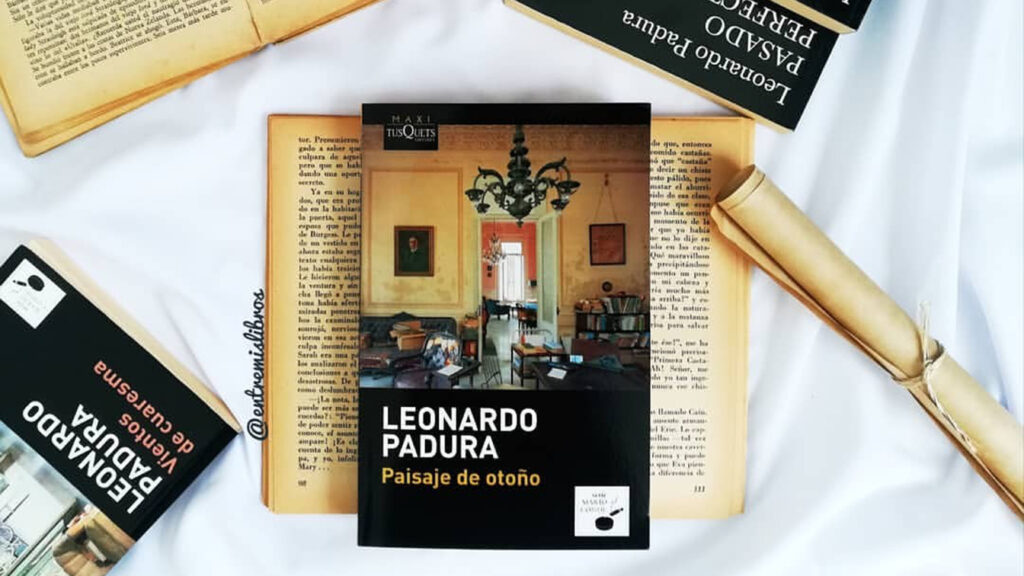
It is a literary treasure that reflects the rich history, cultural diversity, and social struggles of the Cuban people. From classics like José Martí and Alejo Carpentier to contemporary writers like Leonardo Padura and Wendy Guerra, Cuban literature has left a significant mark on the world literary scene. Cuban writers explore themes of identity, love, revolution, and exile. Through their works they capture the essence of island life and its complexities. Cuban literature is a window to the Cuban reality. It is a form of resistance and a way of telling stories that transcend borders and connect with readers from all over the world.
8. Cuban fashion: Authentic elegance
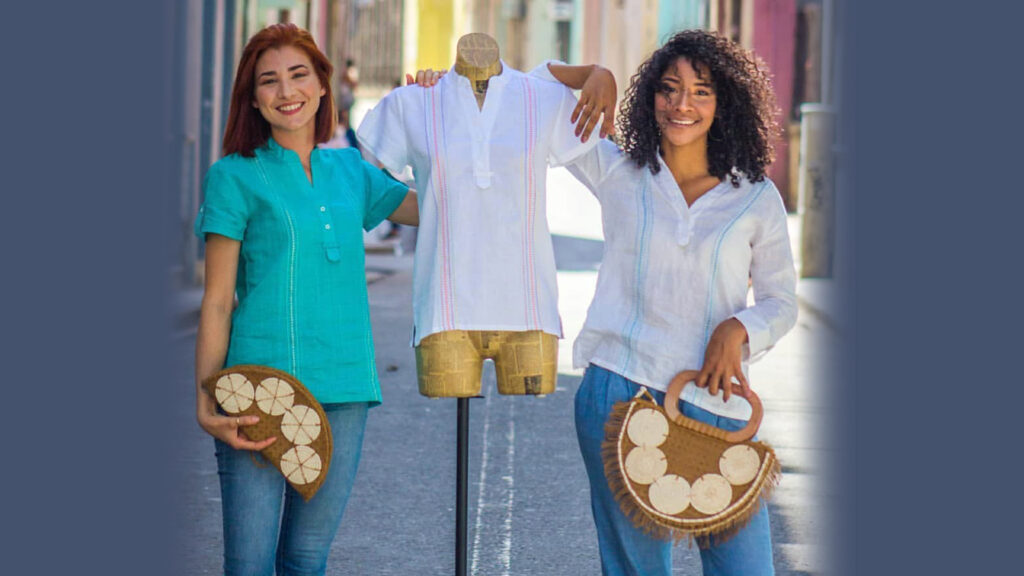
Fashion in Cuba is a vibrant expression of style and creativity that blends historical and cultural influences. From the iconic guayabera suits to the rumba dresses and straw hats, the identity and spirit of the Cuban people is reflected. Cuban designers have gained international recognition for their talent and originality. They fuse traditions with modern touches and create unique trends in the fashion scene. Fashion in Cuba is a showcase of the diversity and authenticity of Cuban culture. Each garment tells a story and highlights the beauty and uniqueness of those who wear it.
Exploring the Cuban cultural identity will take you into a world of colors, flavors, rhythms and emotions that captivate your senses. It is a priceless treasure that continues to evolve and reinvent itself, always rooted in its roots but open to new influences. Through cultural tourism, you can immerse yourself in its richness and appreciate the authenticity of our nation. We invite you to discover our essence and be part of history.
In addition, we invite you to learn about all the types of tourism that you can practice in Cuba..
If during your trip to Cuba you want to stay in private houses to help the locals, we have a lot of cool hostels for you, take a look at this link:
Find us in

